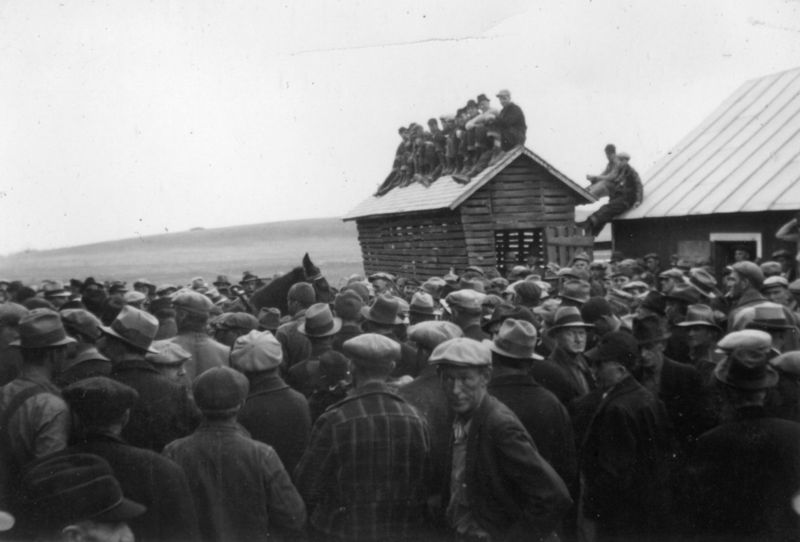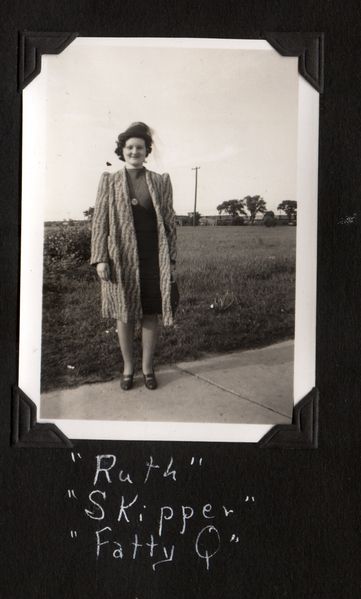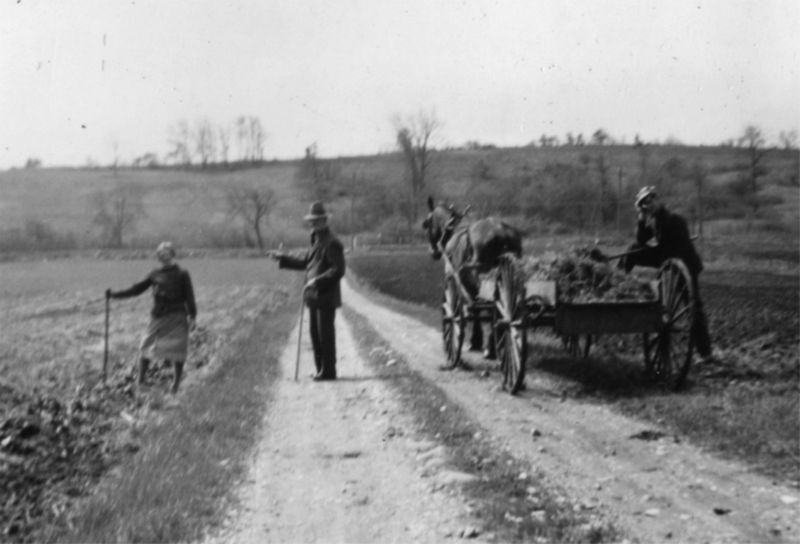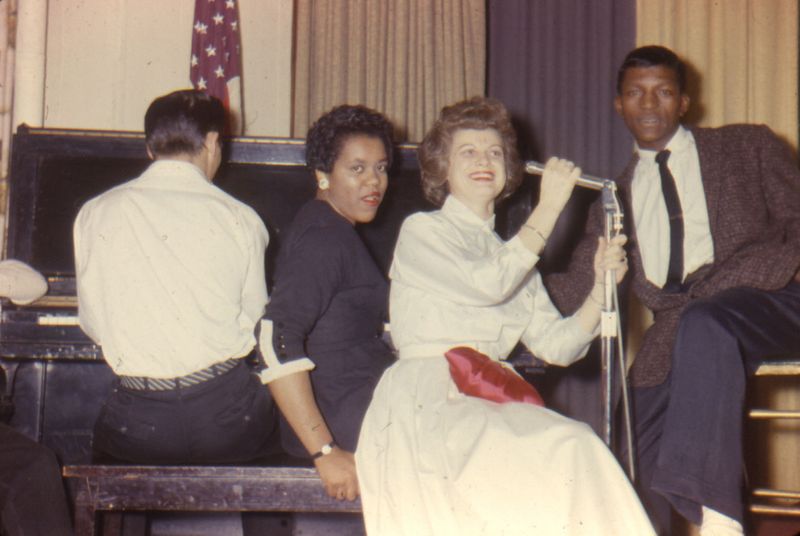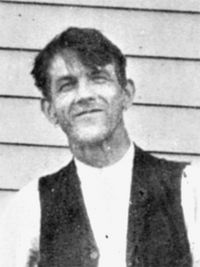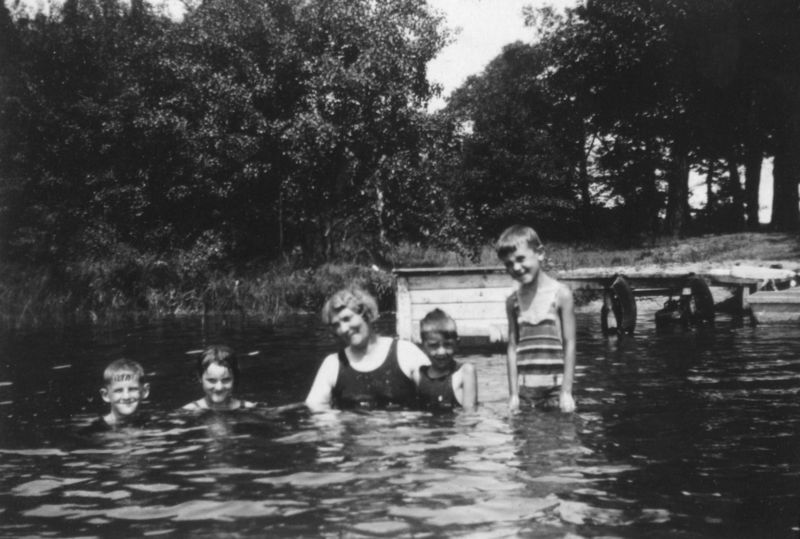
This photo is captioned “At Mt. Tello“. The rest of the series are from Wisconsin, so I assumed there must be a Mount Tello somewhere in the area. Google, sadly, has no results, but it sounds so familiar…Mt. Tello…Tello Mountain…Mount Tello — and a light turns on above my head. Along Highway 23 in central Wisconsin is a small town on a lake/river: Montello. Ruth must have asked, ‘where was this taken?’ and misunderstood the answer.
also: origin of Montello’s name * Montello Lake * downtown Montello * the falls in Montello
